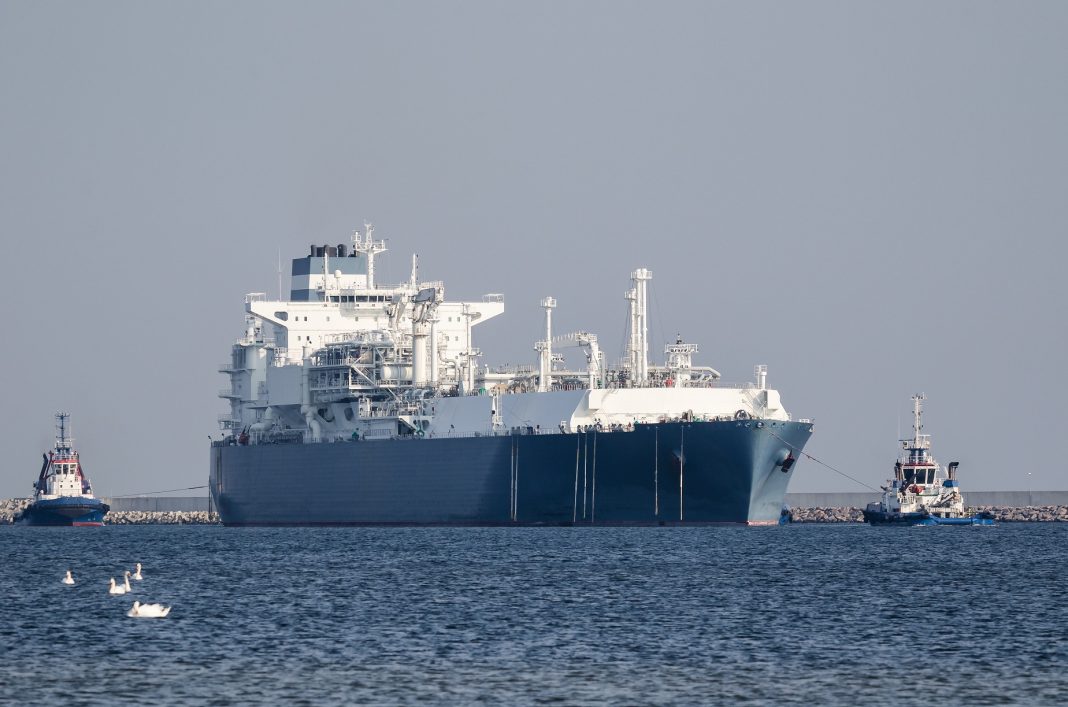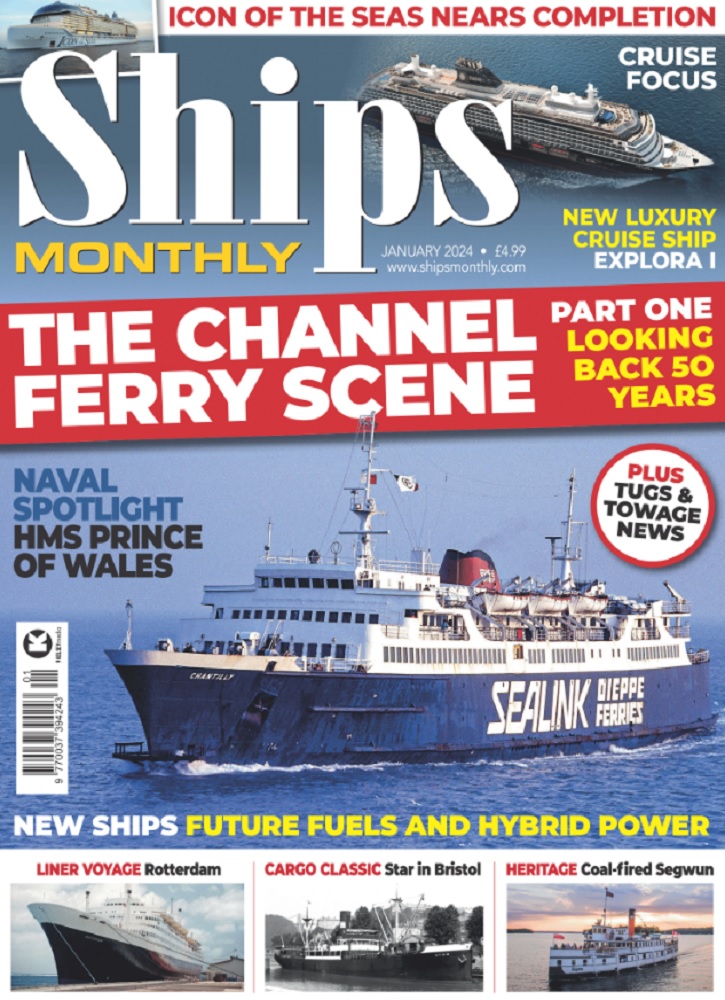Trelleborg Marine and Infrastructure partnered with Höegh LNG to supply its SafePilot Offshore solutions for a first-of-its-kind Floating Storage and Regasification Unit (FSRU) Liquified Natural Gas (LNG) terminal in Wilhelmshaven, Germany. The terminal, officially commissioned during the week commencing 17 December 2022, took ten months to construct.
Trelleborg’s products for this project include its field-proven CAT MAX Portable Pilot Units (PPUs) and SafePilot Control Unit, which combines the functions of both a Vessel Positioning System (VPS) & Berthing Aid System (BAS).
Richard Hepworth, President of Trelleborg Marine and Infrastructure, said: “It is an honour to be a part of this groundbreaking project with our long-term partner, Höegh LNG. Our SafePilot Offshore solutions are modular in design, so transitioning to these systems is extremely easy and seamless.
“SafePilot software configurations are also modified according to our client’s specific requirements, making them highly reliable and effective. In the long run, these offerings are crucial to ensuring port operations are safe, efficient, and sustainable.”
As part of this project, Trelleborg’s VPS will deploy on board the FSRU. In combination with the CAT MAX PPU on LNG carriers and support vessels, the system will provide 360-degree visibility and 6-axis monitoring of all floating assets, in addition, the system will serve as a unified monitoring system for pilots, tugs, and FSRU.
Hepworth continues: “In our role as Höegh LNG’s trusted partner, we’ve thoroughly enjoyed evaluating their operational and technical requirements and providing comprehensive solutions. As the safest and most accurate berthing aid and navigational support system available in the market today, our SafePilot Offshore solution sets the standard in confined water navigation.”
Trelleborg’s SafePilot Offshore provides operators with 360-degree visibility of all critical offshore operations, including loading and unloading, single and multiple buoy mooring, dual berth transfer, and FPSO drift monitoring – all with real-time updates.
It allows operators to analyze the approach, drift, alignment, and distance between assets during critical berthing, ship-to-ship transfers, and buoy loading and unloading, so they can adjust positioning as needed to optimize operations.


